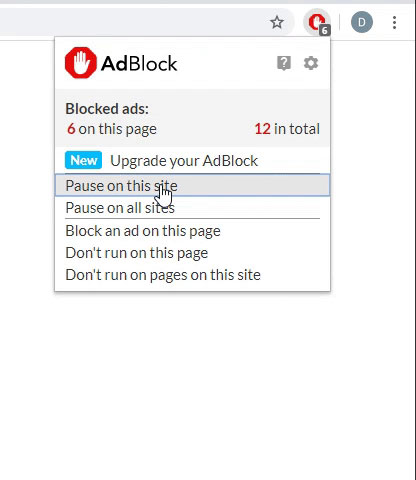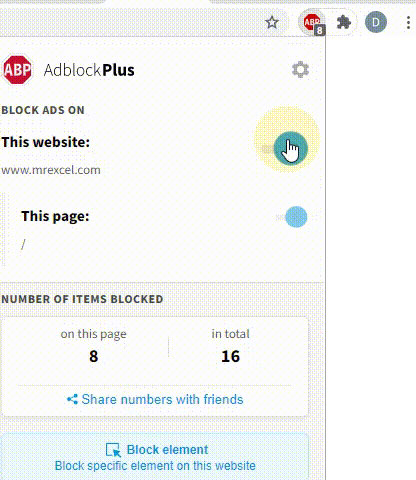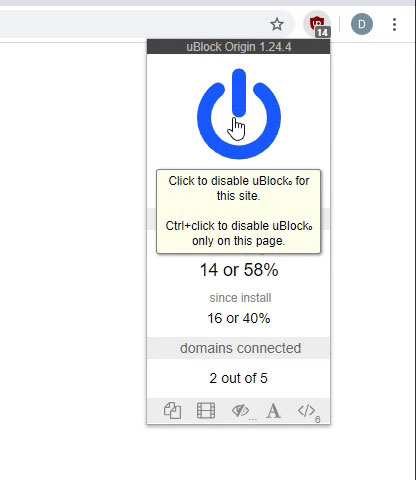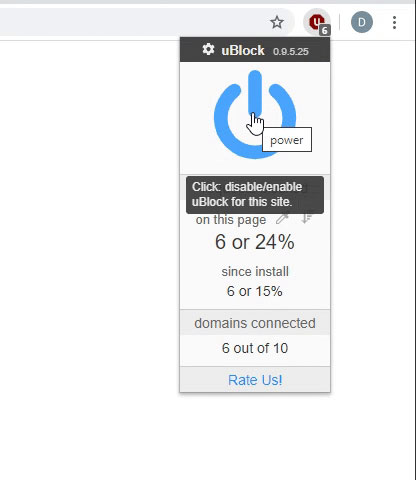Never mind
Click the PivotTable report (PivotTable report: An interactive, crosstabulated Excel report that summarizes and analyzes data, such as database records, from various sources, including ones that are external to Excel.). For a PivotChart report (PivotChart report: A chart that provides interactive analysis of data, like a PivotTable report. You can change views of data, see different levels of detail, or reorganize the chart layout by dragging fields and by showing or hiding items in fields.), click the associated PivotTable report (associated PivotTable report: The PivotTable report that supplies the source data to the PivotChart report. It is created automatically when you create a new PivotChart report. When you change the layout of either report, the other also changes.).
On the Data menu, click PivotTable and PivotChart Report
In step 3 of the wizard, click Back.
If the Back button is unavailable, your report is based on OLAP data, and you cannot change it to use different source data. If you want a report based on a different OLAP cube (cube: An OLAP data structure. A cube contains dimensions, like Country/Region/City, and data fields, like Sales Amount. Dimensions organize types of data into hierarchies with levels of detail, and data fields measure quantities.), create a new report.
In step 2 of the wizard, notice whether the report is based on an Microsoft Excel range (the step has an edit box labeled Range

or external data (the step has a Get Data button), and then do one of the following:





